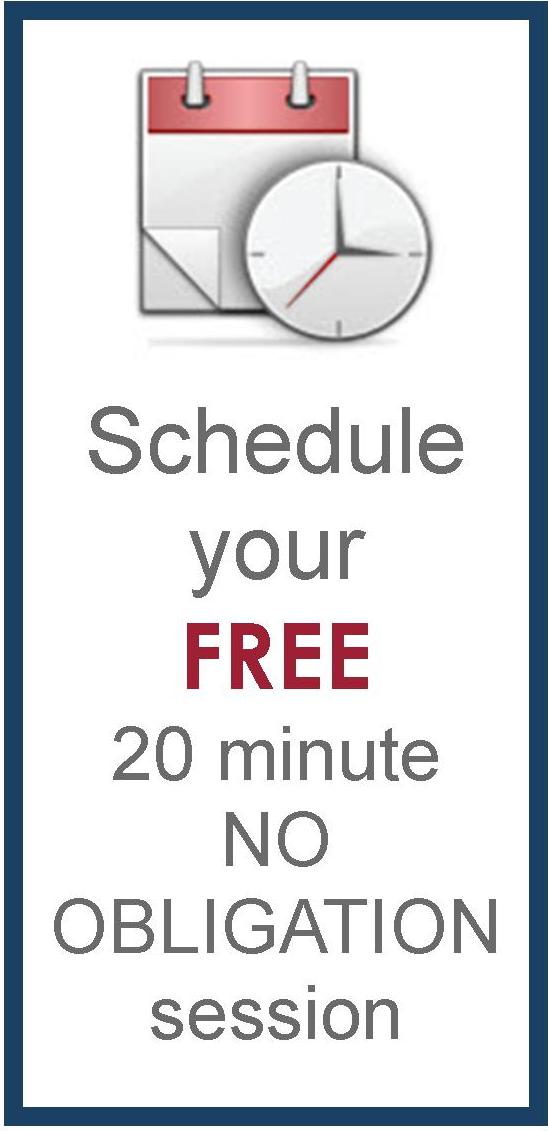
Flickr 8186932887_b774904596_z
This month I am going to discuss the first of two frameworks for changing bad habits. The first comes from Charles Duhigg’s book, The Power of Habit: Why We Do What We Do in Life and Business (2014). The second framework, to be covered next month, comes from Gretchen Rubin’s book, Better Than Before (2015). These two authors taking very different approaches to habits and habit formation. Duhigg seeks to explain habits through neuroscience in order to change them; Rubin states from the outset that she has no interest in neuroscience, but does want to find a way to easily change habits that may have persisted for a lifetime.
Habits, as we all know, come in two forms: good and bad. Depending on the circumstance, one person’s good habit can be another’s bad one. Do you have any idea how much of our life is actually governed by our habits? Depending on which research you read, the number is somewhere between 92% to 98%. Wow. What does that mean for the power to choose? Especially when your brain cannot tell the difference between good and bad habits.
What’s good about habits? Habits free your brain up for more creative activity. It’s kind of like outsourcing the body and brain’s daily drudgery keeping you going. You get up in the morning and brush your teeth, put on the kettle for tea, read your news in whatever medium you prefer, and generally prepare for your day. For instance, you don’t have to think about when, where, how or whether you need to keep your teeth clean, what time to get dressed, or determine each and every day what time you need to begin your work, whether it is caring for children, writing an article, or getting to the office to do computer programming.
On the other hand, bad habits are those that give you results you do not want, eating when you feel bad and gaining weight; gambling to get a rush of adrenaline but puts you in debt; plopping down on the couch the minute you get home and foregoing any physical activity that could also reduce stress.
I’ve been reading Duhigg’s book after two friends recommended it to me in the last month (thanks, Ita and Suellen). His thesis: Brain patterns persist even when you have changed your habits because of “the habit loop,” defined as “a cue, a routine, and a reward.” He links habit to cravings as strong as addiction. Even after you change your habit, the craving may never go away, whether it’s a cookie, a cigarette, or a gambling fixation. You just learn to control it using new triggers to foster a better habit.
Duhigg gets his points across by telling interesting, compelling stories of individuals who changed their habits rather quickly. As he says in the Appendix:
“If scientists have discovered how these patterns work, then it stands to reason that they must have also found a recipe for rapid change, right?
If only it were that easy.
It’s not that formulas don’t exist. The problem is that there isn’t one formula for changing habits. There are thousands.”
In other words, there are all kinds of habits and all kinds of people using different ones. The book is organized into three parts: How habits are fostered in the individual, how habits can create successful organizations, and lastly, how even habits of societies can be altered (he uses the example of the Montgomery, Alabama bus boycott in 1955-56). Below is his framework for changing bad habits, using the example of his own afternoon cookie break.
- Identify the routine: What are you actually doing? Going to the coffee shop downstairs and buying a cookie at 4:00 PM each afternoon, and eating it.
- Experiment with rewards: How can you determine the driver for the craving? Try 4-5 different rewards before settling on one that actually works for you. One day, try walking around the block (nope, craving still persists). Next day, try buying a fruit and heading back to your desk (nope, still craving that cookie). Try socializing with co-workers at 4:00 PM instead of eating a cookie; interesting, the craving has gone away. Aha. What you actually want is a break from work and a bit of communal time. Duhigg also says “ write down first three words you think, what emotion you feel, or visualize” on returning from your habitual action in order to recall what was going on as you change your routine.
- Isolate the cue: How do you figure out prompts you to engage in the habit? It takes a little effort. According to Duhigg, almost all habitual cues fit into one of five categories. Here is his list, the questions he asked himself, and his answers concerning the cookie craving:
• Location (Where are you when craving hits? At the desk.)
• Time (What time of day is it? 4:00 PM.)
• Emotional state (What is your emotional state immediately preceding the habitual action? Bored.)
• Other people (Who else is around you? No one.)
•Immediately preceding action (What did you do immediately before the recurring action? Answered email.)
Do this for a few days and you will begin to see some patterns emerging. Duhigg’s answers: The cookie was not about hunger or getting sugar boost. In reality, it was actually about needing a temporary social distraction.
- Have a plan: How do you alter the old pattern? Now you’ve figured out the behavior, the craving, and the cue. Now you need to have a plan for dealing with it. Duhigg’s answer for himself: Set a watch alarm for 3:30 PM, and go find a friend to talk to for 10 minutes. He acknowledges it didn’t work every time, especially at first, but gradually the new habit replaced the old one. Eventually, he did not need the alarm and left work feeling better about himself than on the days he gave into the craving and went for a cookie instead of chatting with a friend.
So, now you have one way to create good new habits. Next month, we’ll delve into Gretchen Rubin’s ideas and method.
Tags: changing bad habits







Interesting! I have a sweet craving most of the time when I’m writing or working on the computer in the evening, but not in the morning. I need to figure out the triggers for that!